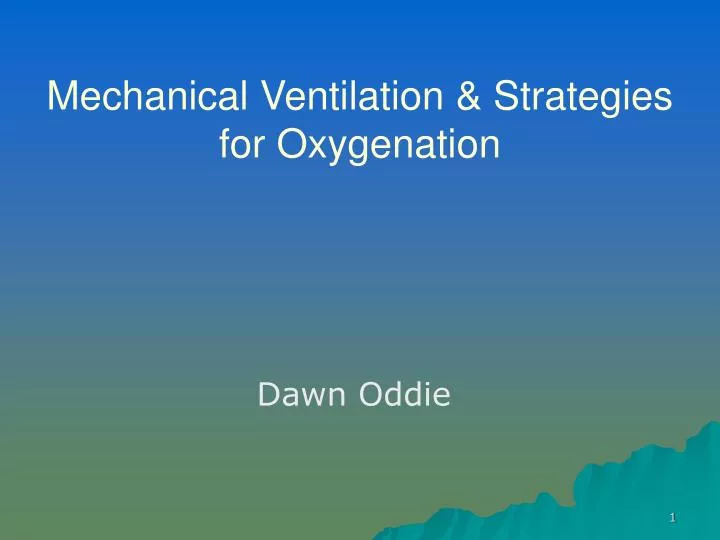

Stability of alveoli (without surfactant, the higher surface tension in smaller alveoli would result in a higher luminal pressure →

Muscle fibres arise from peripheral attachment to form central tendon →Ĭrest of diaphrgam (thin but strong aponeurosis).

C- shaped structure of muscle and fibrous tissues.Dome shaped muscle that inserts into the lower ribs.Perfusion vs Diffusion Limited Gas Transfer.Time Dependence of Pulmonary Elastic Behaviour.


 0 kommentar(er)
0 kommentar(er)
